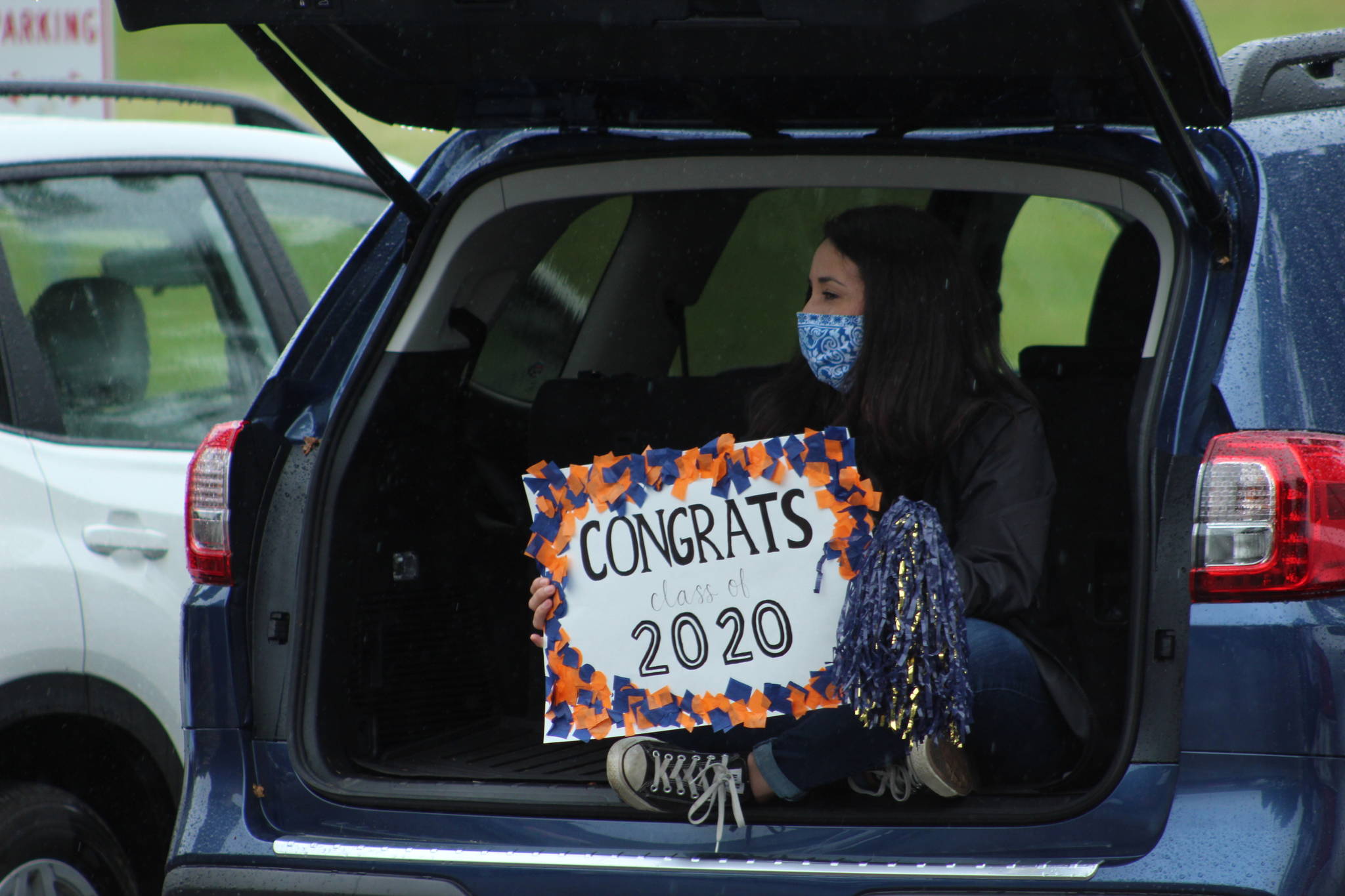Driving down Washington state’s COVID infection rate would make it much safer to resume some in-person classes this fall, a study released Friday found.
So if you want schools to reopen at any point this year, wear a mask and stop going to parties and other social events, health leaders said.
Reducing COVID infection rates, following in-class safety measures, screening students and staff for symptoms and using a hybrid schedule would each minimize the virus’ spread through schools, according to a report by the Seattle-based Institute for Disease Modeling and the state Department of Health. If school administrators don’t wait for case counts to drop, bringing students back for in-person instruction would lead to thousands of new infections, the study says.
“This report shows us that we can get our kids back in school,” said Lacey Fehrenbach, the state health department’s deputy secretary for COVID-19 response, during a Friday call with reporters. “Wearing masks, watching our distance and having fewer, shorter, safer interactions with others is helping. We need to keep up our discipline in doing these things so that our children and young people can return to the classroom.”
The study recommends a phased reopening that starts with elementary school students and children with disabilities.
On campus, students and staff would need to wear masks, practice social distancing as much as possible and ventilate buildings. And grades should be divided into cohorts, with students at school for two days a week and the rest of the time online.
If all recommendations are followed, in-person instruction likely wouldn’t increase community transmission of the virus, according to the report.
But there’s still risk.
Bringing students back in any capacity will lead to new infections, the report found.
“COVID is absolutely going to remain a threat and we expect cases in schools,” Dr. Jeff Duchin, health officer for Seattle and King County, told reporters . “If we have a number of cases in a classroom or a number of cases in various classrooms, schools will be closing. This should be an expectation of the schools and the school community.”
To make matters worse, flu season is approaching.
It’s unclear how the two viruses will effect each other, Duchin said. But each presents similar symptoms and could be mistaken for the other.
“Flu season is going to make everything more complicated,” he said.
To avoid confusion, everyone should get a flu shot, Duchin added.
Before districts consider reopening, health experts say a county should be at or below 25 new COVID-19 cases per 100,000 residents over a two-week period.
In subsequent weeks after King County moved into Phase 2 of the governor’s “Safe Start” plan, cases spiked to levels previously seen in the spring, with infections largely fueled by young people expanding social circles and not following distancing measures. That caused mostschool districts to hit pause on plans to reopen in the fall.
In early August, Gov. Jay Inslee said districts in areas of the state where the virus is surging should continue with remote learning.
Currently, six counties statewide are reporting 25 or fewer cases per 100,000 residents over two weeks.
But overall, the recent spike in cases is starting to level off, data show.
“While this is encouraging news and a sign of our collective efforts, we must not let our guard down,” Secretary of Health John Wiesman said in a news release. “Plateauing is not enough to keep this pandemic under control; we must transition to a state of sustained decline in new cases. It remains critical that we continue to stay home when possible, keep interactions with others brief and wear face coverings.”
Reinstating lockdowns like Inslee’s “Stay Home, Stay Healthy” order would be the fastest way to lower case counts, Duchin said.
Compliance with local health guidelines is “vastly” preferred, he said, but we “fundamentally need to rethink the way we go about our lives.”
“We really need to take special precautions for the foreseeable future and adjust our expectation with how we will interact with one another and in the community,” he said. “We can, as a community, achieve low levels of transmission but it’s going to be very hard. We need to make sacrifices. This next year is going to be very rough.”


